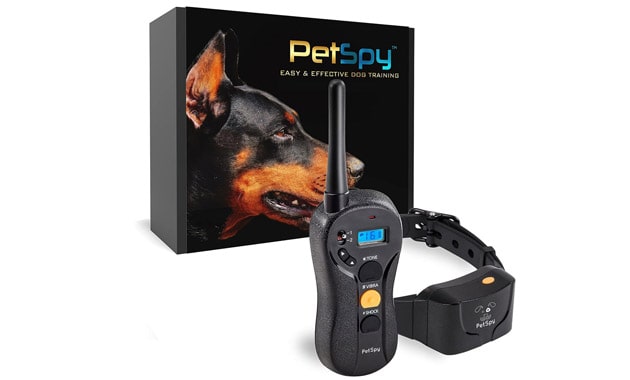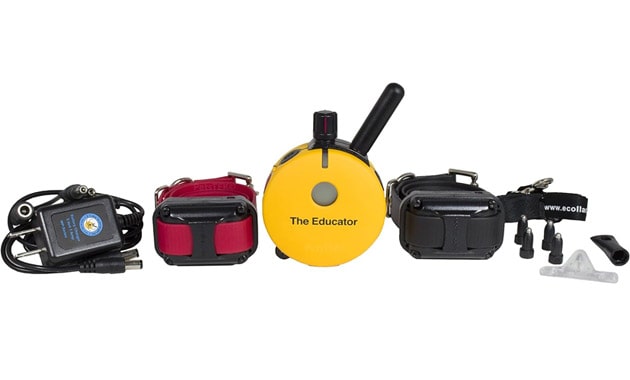Tips for Choosing the Best Shock Collar For Small Dogs
Consider the Size and Weight Limits
It’s crucial to choose a shock collar designed for small breeds, usually under 15-20lbs. Using a collar meant for larger dogs risks injury with overly strong stimulation. The collar size should also properly fit your dog’s neck without rubbing or sliding around. Measure your dog’s neck to pick the right size rather than relying on weight limits alone.
Select Reputable Brands
Stick to established brands like PetSafe, Garmin, SportDOG, or Dogtra known for making quality and safe shock collars. Avoid cheap or knockoff collars more likely to malfunction and cause unnecessary harm. Reputable brands design collars specifically for small dogs.
Make Sure It’s Adjustable and Waterproof
Pick a collar with multiple adjustable stimulation levels so you can find the right intensity for your small dog. Waterproof collars are also essential for comfort and functionality when training or in wet conditions. Avoids collars without adjustability or waterproofing.
Look for Safety Features
Opt for collars with built-in safety features to prevent accidents or overstimulation. Automatic safety shut off after a period of continuous static is an important feature. Size-based stimulation limits can also prevent intensity being set too high for a small dog.
Choose the Right Stimulation Type
Smaller dogs often do best with vibration, beep tones, or lower-level static stimulation training modes. Always start on the lowest setting and adjust up cautiously under a trainer’s guidance. Avoid harsh citronella collars not suited for small breed temperaments.
Prioritize Proper Fit
No matter how advanced the technology, an ill-fitted collar can lead to injury or inadvertent slippage. The collar should fit snugly enough to maintain full contact with the dog’s neck when in use. But leave room for two fingers between the collar and neck to avoid choking hazards.
Invest in Quality and Safety
Shock collars are serious training tools that require high-quality design and components for the safety of small dogs. Never sacrifice quality to save money on electronics like the transmitter, receiver or electrodes that could malfunction and hurt your pet.
Follow All Directions Closely
Carefully read and follow all manufacturer directions on proper use, charging, fitting and intensity settings. Don’t improvise or estimate settings to avoid malfunctions or accidental misuse that could terrify your small dog or lead to mistrust.
Supervise Use and Training
Regardless of brand, always supervise your small dog when using the shock collar. Watch for signs of excessive stress like cowering, hiding or yelping during training. Stop immediately if the stimulation ever causes extreme reactions of pain or fear.
Use Proper Collar Introductions
Take extra time conditioning your small dog to wear the inactive collar to build trust before ever using the stimulation. Rushing into harsh corrections too quickly can damage the human-animal bond. Let your dog associate the collar with rewards and praise first.
Work with an Experienced Trainer
Unless you’re an expert dog trainer, work with a qualified professional for guidance on introducing, fitting, and using shock collars with small dogs. Improper use or overly harsh stimulation can lead to lasting fear, anxiety, and aggression. An expert can ensure a humane approach.
Complement with Positive Reinforcement
For small dogs especially, a shock collar should only be one small part of a training program based on positive reinforcement of wanted behaviors. The collar is intended to reinforce commands a dog already knows, not as a first resort for teaching new skills.
Avoid Overusing the Collar
Dependence on shock stimulation for every command can cause physical and psychological harm. Keep collar use limited to carefully planned training sessions. The goal should be increasing compliance without the collar, not creating dependency on corrections.
Choosing a shock collar suitable and safe for a small dog requires stringent precautions and conscientious use focused on behavior shaping through positive reinforcement. Work closely with certified professionals and follow all directions to prevent harm. With care and guidance, e-collars can be useful tools but should never replace traditional reward-based training.
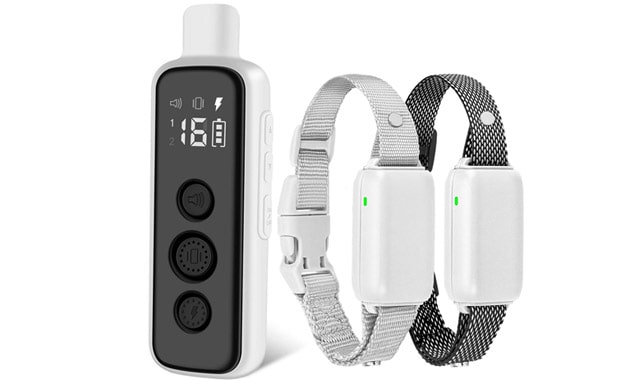

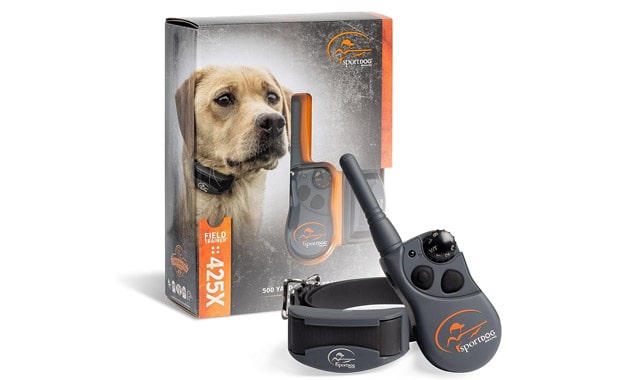
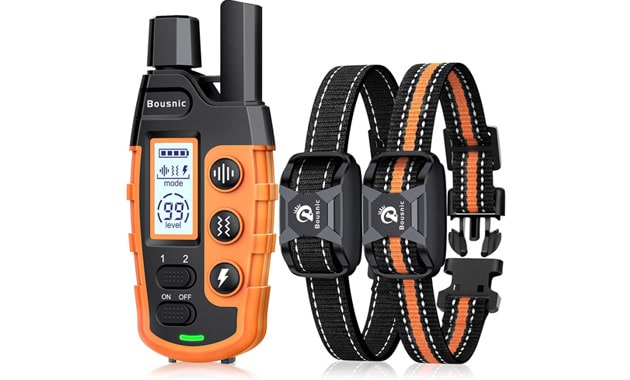
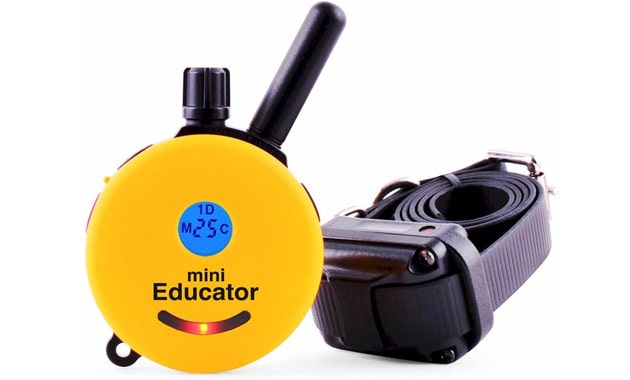
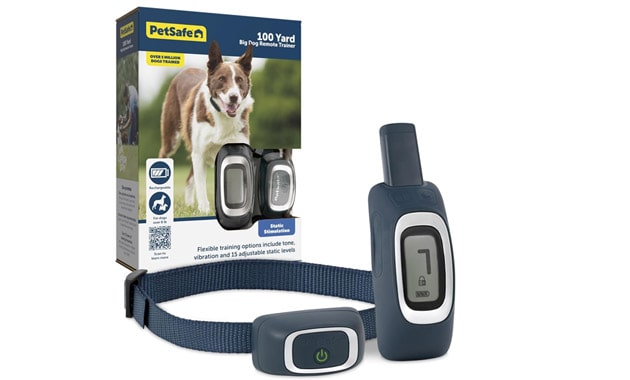
![INVIROX Shock Collar for Large Dog-min INVIROX Dog Shock Collar [2024 Edition] 123 Levels Dog Training Collar with Remote 1100yd Range E Collar for Dogs Training 100% Waterproof Rechargeable Shock Collar with Remote](https://giftloving.com/wp-content/uploads/2016/10/INVIROX-Shock-Collar-for-Large-Dog-min.jpg)

